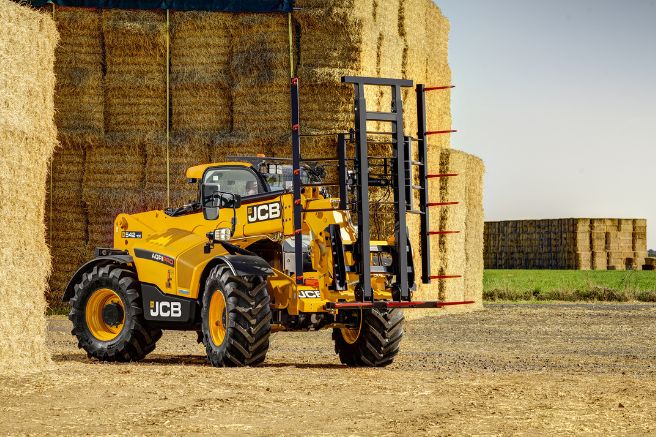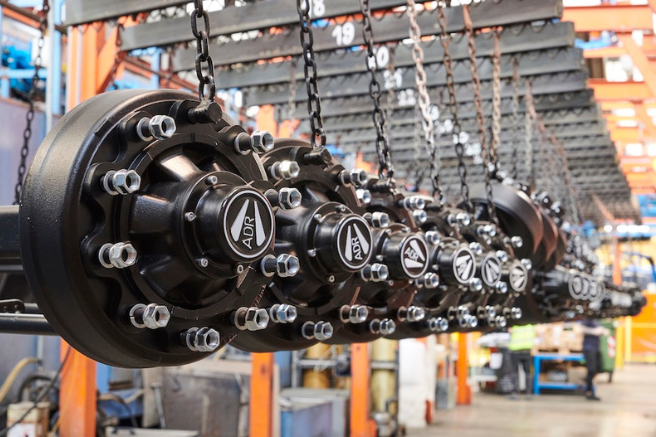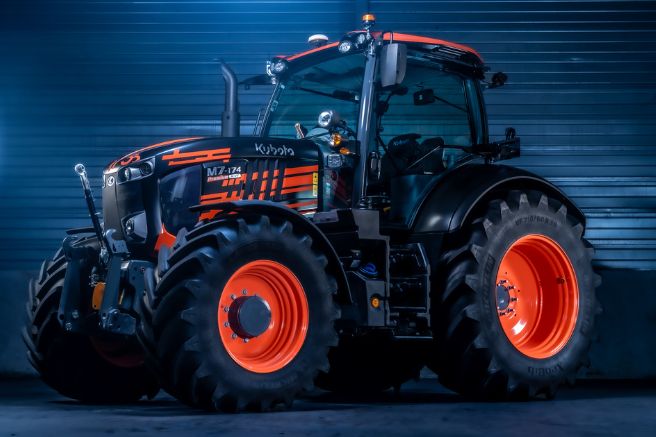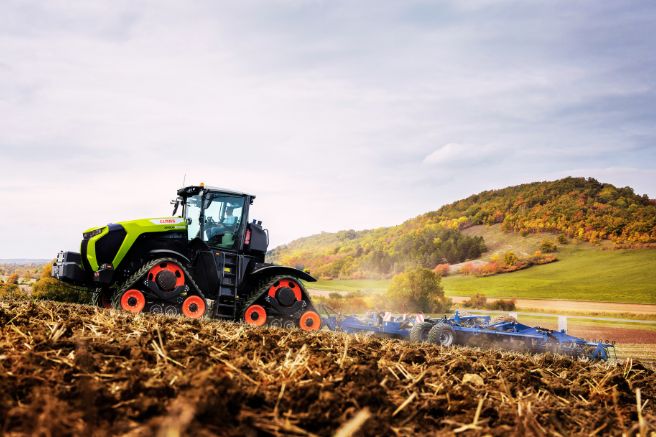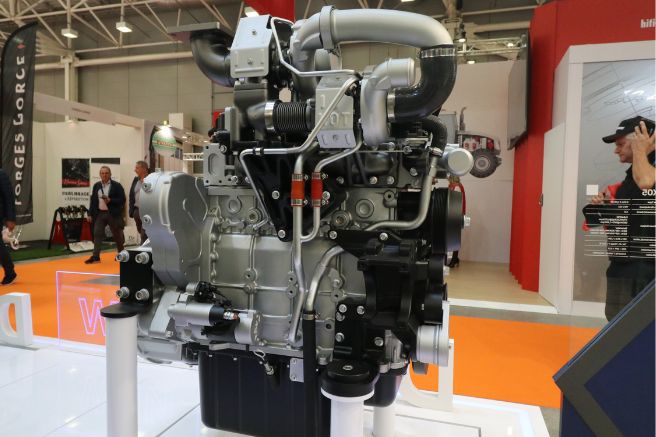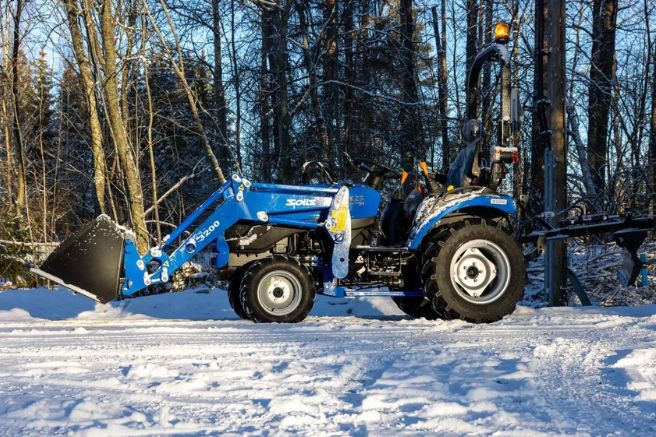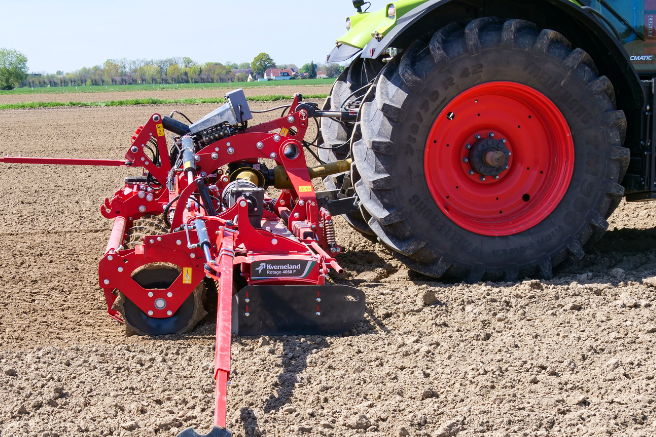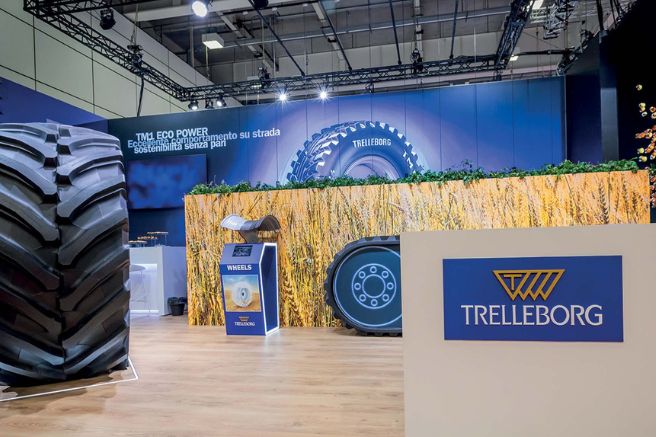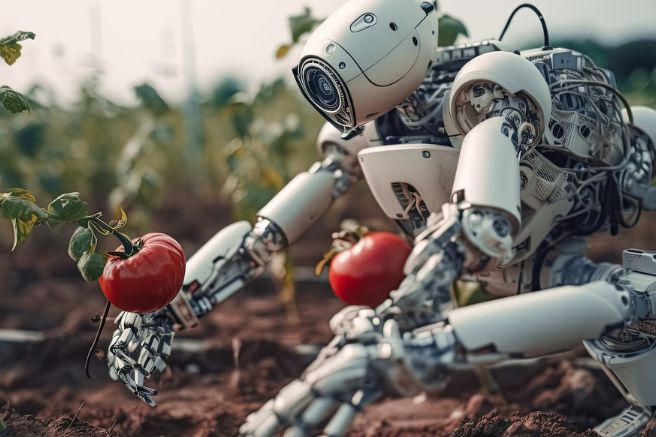The new Alliance Agriflex+ 377Xt tires have been designed to cope with significant loads while minimizing their impact on the terrain thanks to “Vf” technology. Already available today in three sizes, their range will be expanded during 2025 Alliance, a brand belonging to the Yokohama-Atg group, expanded its agricultural offering at the end of 2024 with the launch of the “Agriflex+ 377XT” tyres, specifically designed to equip heavy self-propelled machines, spreaders and sprayers with self-propelled aerial booms first and foremost. Steel carcasses characterized by maximum strength therefore, but also tires…
Read MoreCategory: Home
Jcb telescopic 542-100 Agri telehandler: even more performance
With a lifting capacity of 4,200 kg and a maximum reach of 9.8 meters, the new Jcb 542-100 Agri telehandler enhances the operational efficiency of the Loadall High Lift series through three different versions. Each model is equipped with the exclusive DualTech VT dual-mode transmission Now in their third generation, Jcb Loadall High Lift telehandlers have undergone a significant expansion to better meet the increasing demands of the agricultural sector. In this context, Jc has introduced the 542-100 Agri, a high-capacity telehandler designed with a newly engineered chassis and boom…
Read MoreAdr Axles spare parts platform: prevention so you don’t have to cure
Agricultural and livestock companies normally dedicate the winter season to maintenance of machines and equipment. Among the essential interventions are those relating to the undercarriages of trailers whose basic components, brakes, bearings and bushings, if worn or malfunctioning, can give rise to very dangerous situations. And the Adr Axles spare parts platform is a guarantee Dedicated to all operators in the agricultural and livestock sectors, the Adr Axles spare parts platoform. According to industry research, farmers and breeders spend approximately one hour per day on machinery maintenance. This time frame…
Read MoreKubota M7004 Limited Edition: 50 special
Featuring an exclusive and elegant black-and-orange livery, the top-of-the-range “M7004 Limited Edition” open-field tractors, launched by Kubota to celebrate 50 years in the European market, are designed to optimize the productivity-to-operating-cost ratio through advanced technical-functional solutions that enhance efficiency and application versatility. It has been exactly half a century since Kubota made its debut in Europe. In fact, the Japanese Group first entered the European market in 1974, initially in France and Spain, before gradually expanding its activities across all major countries. This successful journey has allowed the Osaka-based company…
Read MoreClaas Xerion 12: up to 635 horsepower
Designed to support the most demanding applications over vast areas, the high-power isodiametric tractors “Xerion 12” by Claas boast an engineering approach that combines engine performance of up to 653 horsepower with operational efficiency aimed at reducing management and production costs. Designed to support the most demanding applications over vast areas, the high-power isodiametric tractors “Xerion 12” by Claas boast an engineering approach that combines engine performance of up to 653 horsepower with operational efficiency aimed at reducing management and production costs. Boosting Productivity to Meet Global Demands With a…
Read MoreFive-litre 4 cylinder engines at the service of agriculture
The four-cylinder, five-liter “Dx5” series units from Hyundai Infracore made their debut at Eima, and therefore in the agricultural mechanization segment. A new entry that reconfirms the growth trend in the power supplied by the 4-cylinder engines used in the tractor sector and which aligns the Korean company with the proposals already in place by Agco Power, Kubota and Volvo Penta One of the most intriguing developments in the engine sector at EIMA was the unveiling of Hyundai Infracore’s new four- and six-cylinder engines, covering a power range between 200…
Read MoreTractor Solis S26, the essence of success
The tractor Solis S26 is a low-power compact tractor designed for light business maintenance, material handling, and gardening. Featuring cutting-edge and reliable technology, a five-year warranty, and an extremely competitive price, the Solis S26 was the most registered tractor in Italy in 2024. Founded in 1995, International Tractors Limited (ITL) is an Indian company with an annual production of approximately 300,000 tractors, ranking among the top three manufacturers in India and the top five worldwide. ITL markets its products under two brands: ITL and Solis. The name “Solis,” derived from…
Read MoreKverneland Rotago F, quality power harrows for refining the soil
The foldable rotary harrows “Rotago F” by Kverneland can operate independently for soil refinement or in combination with the “Cb-F” seed bars and the “f-drill” front-mounted tank Efficient Soil Preparation for Precision Seeding Soil refinement is essential for creating optimal conditions for seed drills. A well-leveled and uniform seedbed ensures precise seed placement in terms of depth and row spacing. There are two primary approaches to achieving this: passive mechanical tillage using trailed implements or rotary harrows, which provide a more intense clod-crushing action. While trailed equipment may struggle in…
Read MoreYokohama Tws, performance and advanced solutions
The brands Trelleborg Tires, Mitas, and Interfit all belong to the Yokohama Rubber Group, specifically under its division Yokohama Tws, which has been led by Global President Elio Bartoli since December 1st of last year. In this article, we feature an exclusive interview with him published by the Spanish magazine Agrotecnica. The Japanese group Yokohama Rubber is renowned in the automotive and motorcycle industries for its high-performance sports tires. However, its presence in heavy-duty transport and off-road tire sectors is equally significant, offering durable and robust tires for demanding applications.…
Read MoreAI in agriculture? Help, but it won’t solve the planet’s food shortage
Furio Oldani Last month, thanks to the era of electronics and innovation “CES” in Las Vegas, there was a lot of talk about artificial intelligence, acronym “AI”. Of the possibilities it opens up for social development, but also of the dangers that can arise from its misuse. Macchine Trattori also talked about it, warning against confusing traditional algorithms with real artificial intelligence software. The future is the optimization of manufacturing work The boundary line between the two worlds is indeed thin, inherent in the so-called “self-learning”, the ability of AI…
Read More

